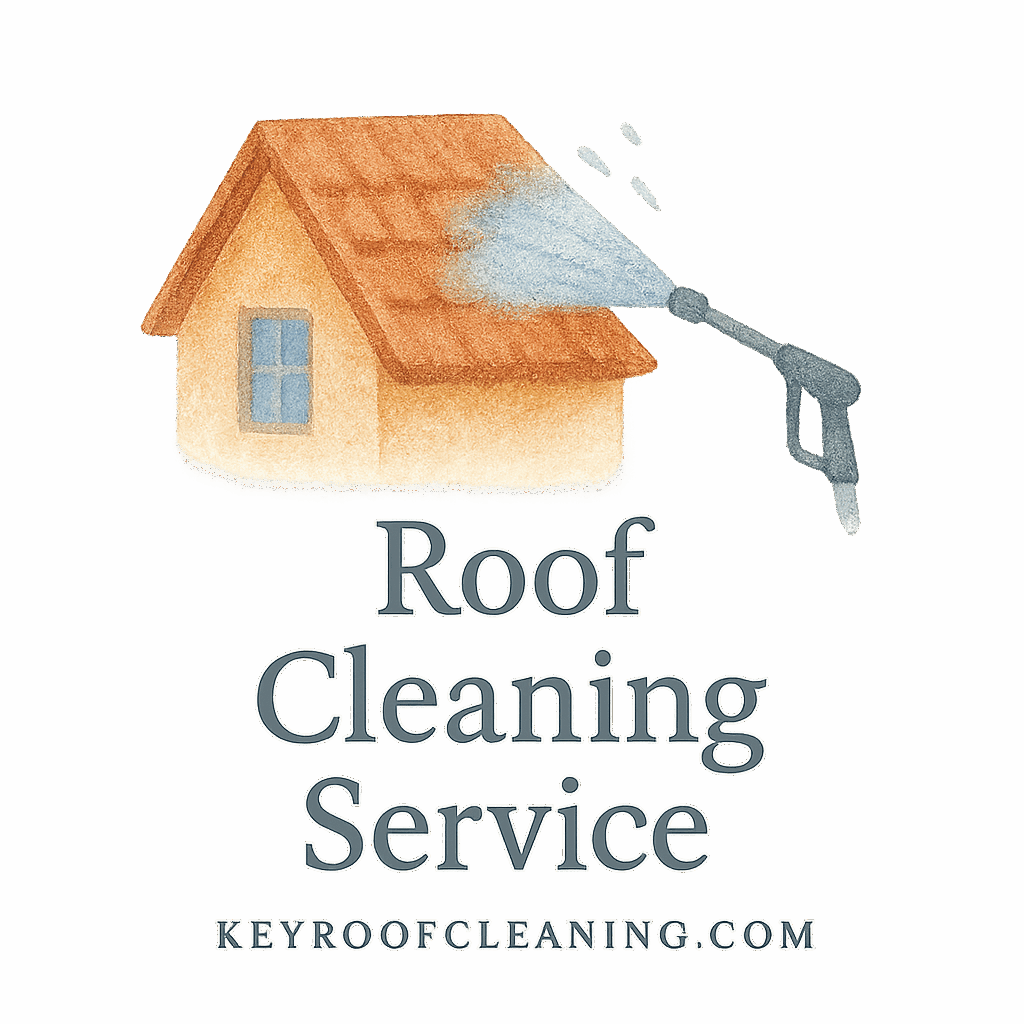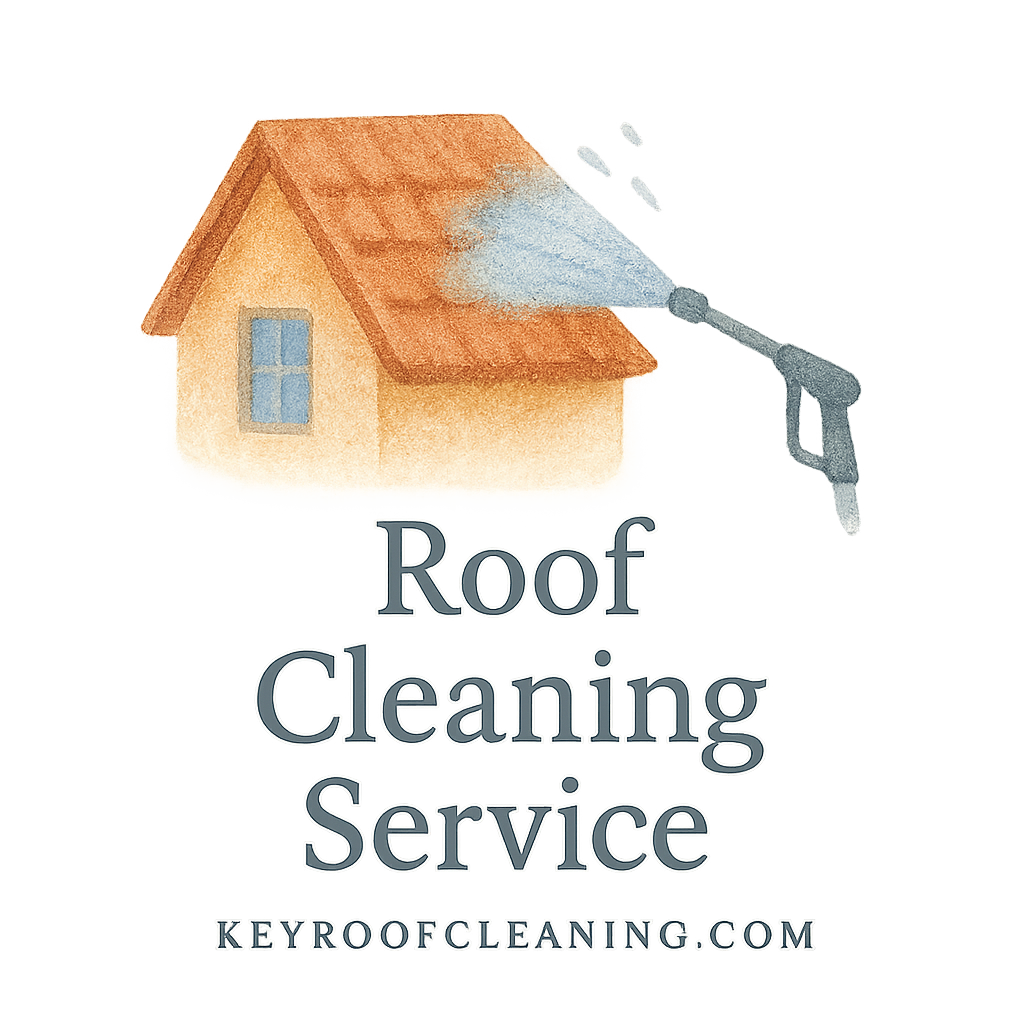When it comes to roof cleaning, one method doesn’t suit all roofs—especially when you’re dealing with a rainbow of roof colors. Each hue, from brilliant white to earthy brown or deep black, reacts differently to weather, heat, and grime. So, how do you clean a roof without compromising its charm or structure? This guide breaks down the 7 best roof cleaning approaches based on roof color, packed with eco-friendly options, safety tips, and powerful results.
Let’s dive in!
Why Roof Color Matters in Cleaning
The Science Behind Roof Color
You might think the color of your roof is all about aesthetics. But it actually plays a role in how much heat it absorbs, how quickly it grows algae, and even how dirty it looks. For example, light-colored roofs reflect heat but show stains more clearly. Dark roofs hide dirt but absorb more heat—creating a cozy home for mold and mildew.
Heat Retention and Staining
Different pigments affect how roofs age and react to cleaning agents. That’s why the right cleaning method not only improves appearance—it also extends roof life.
Tip: Learn the basics of roof cleaning to understand what makes each roof color unique.
Cleaning Basics: One Size Doesn’t Fit All
Understanding Roof Material
Before choosing a method based solely on color, always know what your roof is made of—tile, metal, asphalt, slate? You’ll want a technique that protects both form and function.
Matching the Color to the Method
Pairing cleaning styles with both color and material keeps your roof in top shape. For instance, darker roofs benefit from different cleansers than white ones, and tile requires a gentler touch than metal.
Approach #1: Low-Pressure Wash for White and Light-Colored Roofs
Why Go Gentle?
White and pale roofs tend to look grimy quickly—but blasting them with pressure can chip paint or dent the surface. Instead, use low-pressure rinsing with a soft brush and gentle solution.
Risks of High Pressure on Light Roofs
High PSI water pressure can leave permanent scars. This is especially risky on delicate roof materials like shingles or painted aluminum.
Related Internal Links
Approach #2: Eco-Friendly Soaps for Green and Brown Roofs
Nature-Inspired Cleaning
Earth-tone roofs blend beautifully with the environment. But they’re also magnets for organic matter like moss and algae. Choose biodegradable cleaners that get rid of grime without harming surrounding vegetation.
Use of Biodegradable Products
Avoid bleach or strong chemicals. Instead, go for green roof cleaning methods that fit with sustainable living principles.
Related Internal Links
Approach #3: Soft Washing for Black and Dark Roofs
Dark Roofs and Algae: A Common Combo
Dark roofs hide stains but invite moisture retention—creating a perfect home for algae and moss. Soft washing, which uses low pressure and a mix of soaps, is ideal for these surfaces.
Related Internal Links
Approach #4: Oxygen-Based Cleaners for Red and Clay Tile Roofs
Best for Delicate Surfaces
Clay tile roofs are porous and absorb cleaner quickly. Oxygen-based products are gentle, making them great for cleaning without eroding surface color.
Avoiding Harsh Chemicals
Strong acids or bleach can ruin red-toned tiles and remove protective coatings. Stick to non-toxic oxygen cleaners.
Related Internal Links

Approach #5: Hand Cleaning for Mixed Color & Mosaic Roofs
The Artistic Approach
Roofs with unique patterns or color mosaics require precision care. Hand cleaning ensures that no sections are damaged or discolored by standard cleaning.
When Precision is Key
Use sponges, mild soap, and elbow grease to target each patch. Time-consuming? Yes. Worth it? Absolutely.
Related Internal Links
Approach #6: Steam Cleaning for Blue-Tinted Roofs
Moisture Without the Madness
Steam cleaning lifts grime and moss using heat rather than chemicals. It’s perfect for colored asphalt or slate roofs with a bluish hue.
When to Choose Steam Over Water Pressure
Use steam if your roof has sensitive coloring or intricate designs that need preservation without abrasion.
Related Internal Links
Approach #7: Chemical-Free Methods for Naturally Aged Roofs
Letting Nature Do the Work
Some roofs look better with a touch of age. For stone-gray or weathered copper roofs, consider manual scrubbing and sun exposure over chemicals.
Sustainability First
Go chemical-free and embrace green methods to avoid environmental harm.
Related Internal Links
Bonus: Color Maintenance Tips for Longevity
The Power of Regular Maintenance
Want to keep your roof color vibrant? Set a routine. Clean every 12–18 months, trim nearby trees, and do annual inspections.
Internal Links to Maintenance Advice
Conclusion
Your roof is more than just a hat for your house—it’s a color story, a weather warrior, and a long-term investment. By matching the right cleaning method to the roof color, you keep your home looking fresh and standing strong.
And remember, the right tools, eco-friendly products, and a bit of know-how make all the difference. Visit Key Roof Cleaning to explore safe, effective, and professional options.
FAQs
1. What’s the safest method to clean a white roof?
Low-pressure washing with eco-safe solutions works best to avoid damage and discoloration.
2. Can I use bleach on my brown or green roof?
Avoid bleach—it can kill nearby plants and damage roof coatings. Go for biodegradable options instead.
3. How often should I clean a black roof?
Every 12–18 months, especially if you’re in a humid area prone to algae.
4. Are chemical-free cleaning methods effective?
Yes, especially for roofs that are naturally weathered or historic. They’re eco-friendly and gentle.
5. What’s the benefit of oxygen-based cleaners?
They clean without the corrosive effects of chlorine or acid, perfect for tile and red-toned roofs.
6. Is steam cleaning better than pressure washing?
For delicate or colored roofs, yes. It removes buildup without abrasion.
7. Where can I learn more about cleaning products for my roof type?
Check out the roof tools & products section for detailed recommendations.


